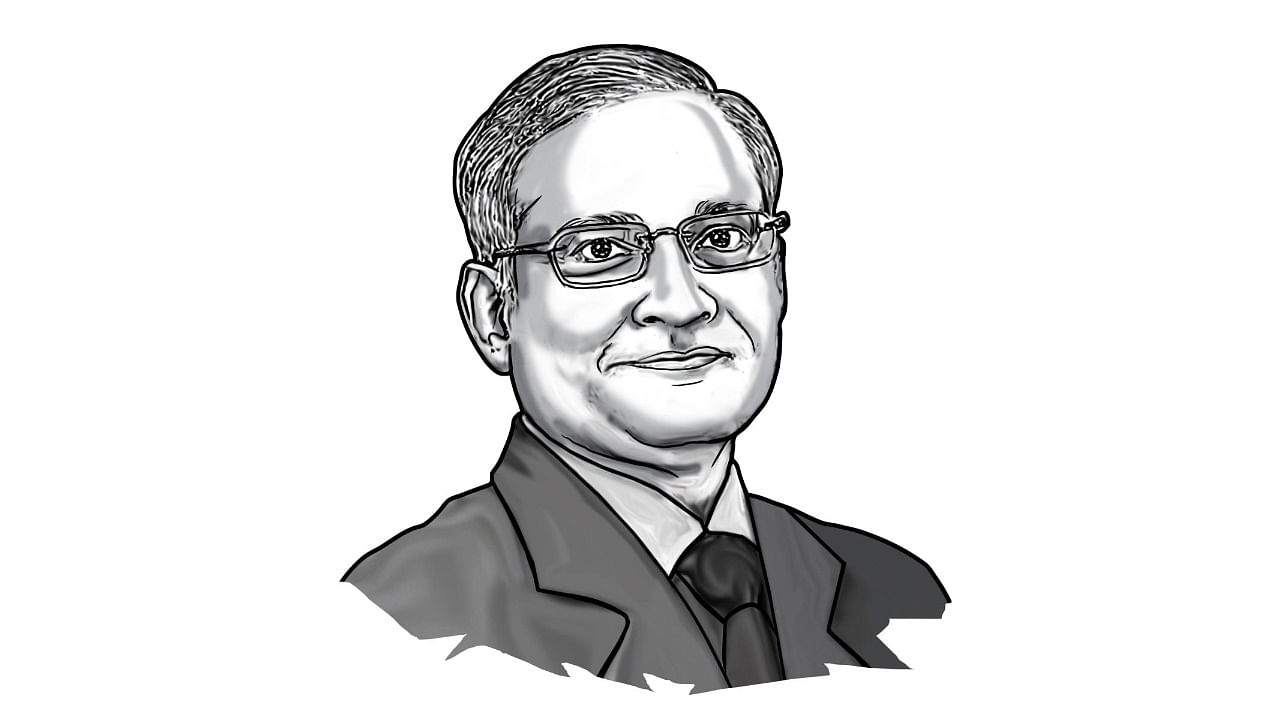
Srikanth Kondapalli, the JNU Prof has been Peking behind the Bamboo Curtain for 30 years
@Sri_Kondapalli
The just-concluded Third Plenum of the Communist Party of China was viewed as a “landmark event” by the party, with China’s media depicting it as “pivotal” and “epoch-making”. But others depicted it as a damp squib as the pressing problems of the Chinese people were not addressed.
The Third Plenum, held July 15-18 at Beijing, was attended by 364 Communist Party Central Committee and alternate members. The meeting deliberated on the report of party General Secretary Xi Jinping and an “Outline” and a “Resolution” were released at the end of the session that identified 300 reform measures to be undertaken. A new ambitious target of completing these reforms has been set for 2029, the 80th anniversary of the People’s Republic and two years after the next party congress in 2027.
The main task of the Plenum was “further deepening reform comprehensively to advance Chinese modernisation”. This has become urgent due to sagging economic growth, the real estate crisis, the stock exchange meltdown that wiped out $6 trillion, mounting local debt, ageing of the society, stagnant domestic consumption, widespread domestic political protests, geopolitical pressures through US and European Union sanctions and ongoing technological disruptions.
China’s economic growth rate has been falling, especially after the debilitating lockdowns during the Covid pandemic and restrictive policies on the private sector. While China maintained impressive growth rates averaging about 9% after the reform programme began in 1978, in recent years, the country has been losing steam with 3-5% growth rates mentioned officially. However, the Rhodium Group estimates that China is actually growing at about 1.5%.
If China does not lift its sagging economic outlook, the first consequence is that it will be stuck in the “middle income trap”, besides popular discontent and ensuing instability. Last year, China stated that its per capita income reached more than $12,000, approaching the World Bank figure of $13,845 to become a “developed” country. It could get stuck below the latter figure, a fate that has befallen many other economies.
China intends to make the steep climb it confronts by “promoting high-quality development”, by increasing total factor productivity, stressing efficiency and utilising “new quality productive forces” like automation, AI, IoT, new energy, aerospace, new materials, quantum computing and others. The current total factor productivity of China is just above 1% and it needs to scale this up for higher growth rates by bringing in “revolutionary breakthroughs in technology” and “innovation in key generic technologies, cutting-edge technologies, modern engineering technologies, and disruptive technologies”, revamping the market mechanism and enhancing educational standards. China wants to complete this arduous task by 2029.
The 2029 deadline is interesting as the 21st party congress is due in 2027, which is likely to be politically stormy for Xi Jinping not only because of the economic problems but also because of political headwinds. At the 20th party congress in 2022, Xi decimated rival political factions, including the formidable Communist Youth League, whose leader Hu Jintao was shown the door. Other factions like the military have been contained through Xi’s anti-corruption drive.
Yet, Xi’s hold over the party will become increasingly tenuous if he does not address China’s mounting economic problems. It is not without reason that Xi has had the names of his predecessors Jiang Zemin and Hu Jintao erased from the party document. This has been recent practice, one intended to ensure that Xi, and Xi alone, is glorified.
While the Third Plenum meetings since the 11th party congress (1978) stressed on economic issues, the current plenum on the other hand mentioned prominently external balancing, with a focus on national security and foreign policy as well. In the light of the speculations about China’s plans to increase the nuclear stockpile, nuclear warheads and ballistic missiles, the following direction that “we will speed up the development of strategic deterrence forces and strive to develop new-domain forces with new combat capabilities” is alarming.
The most amusing passage in the Plenum’s resolution, though, is the one invoking a Lincolnian phrase, saying that China’s Communist Party intends to “make our reform measures highly responsive to the call of the people, so as to ensure that reform is for the people and by the people”. With hundreds of thousands of Chinese people participating in “mass incidents” every year and popular discontent spreading, one wonders how the 98 million-strong Communist Party could control 1.4 billion people without effective democratisation. On the other hand, the Plenum’s resolution that it wants to pursue “progress while ensuring stability” indicates that more draconian measures are due.